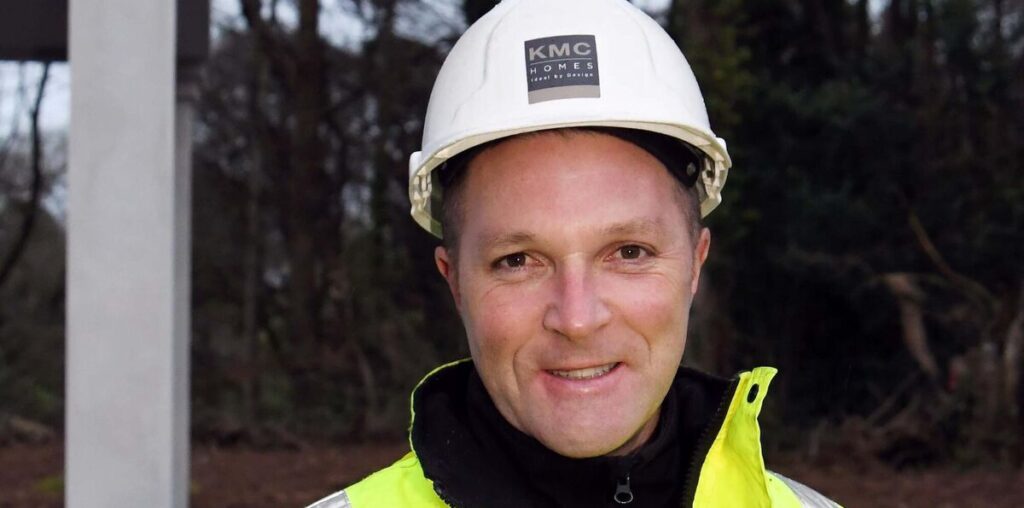Our house is currently a B3 BER rating. We would love to make it more energy-efficient. What would your thoughts be on external insulation, changing windows? Anything else you would recommend? Thank you, Jane Canning North Dublin.
Thank you for this timely question. I guess we have had an unseasonably warm and dry November ‘til this week, but at the same time, the Christmas ads have started on television already so we know the true Irish winter is just around the corner.
 When it comes to double-glazed windows, the earlier models here could be up to 30 years old now.
When it comes to double-glazed windows, the earlier models here could be up to 30 years old now.
To be fair a B3 energy rating is quite good. You are certainly running a reasonably efficient house and doing your bit for the environment but if you wanted to breathe the rarified air of an A-Rated house, how could this be achieved? Let’s have a look.
Not knowing how your house is currently constructed, I need to make some assumptions. I am assuming your house is built from blockwork and that you don’t have the option of pumping your cavities.
I am also assuming your windows are likely old double glazed so perhaps reaching the end of their sell-by date.
I am assuming also that, whereas you have a reasonable budget to put toward these works, you don’t have quite the budget or appetite for a full deep retrofit. So, what are your options?
Let’s look at your envelope first. I certainly feel I’d look at your attic to ensure there is enough quilt insulation here. 300mm (one foot) is the minimum you require here, 400mm is better again. Make sure it is laid out evenly and tidily. When your attic is properly insulated you will need to lag (insulate) your water tanks and pipework as your attic will become cold in the winter and there is a risk of freezing.
 External insulation is a great product. It is however an expensive means of insulating your walls.
External insulation is a great product. It is however an expensive means of insulating your walls.
When it comes to your external walls, yes, external insulation is a great product. It is however an expensive means of insulating your walls (because you have to opt for acrylic plaster outside, scaffold your house and change all your cills and move all your downpipes) but the advantage of this method is that you have no risk of trapping any condensation in your building (which can happen with drylining if not properly installed). The external insulation also ensures you have no cold bridging (where some elements are not properly insulated and leave cold spots).
Next, let’s have a look at your windows. I assume, given that you already have a B3 energy rating, that your windows are currently double-glazed. When it comes to double-glazed windows, the earlier models here could be up to 30 years old now.
The thermal efficiency of these windows has certainly depleted down through the years and in fact modern A-Rated double glazed will be dramatically more efficient. Both the glass and the frames will be far more advanced: you might find that your current frames don’t seal as well as they used to.
If you are getting new windows, I would certainly ask your window company to quote for double-glazed and triple-glazed. You might find that, depending on your house size and number of large panes of glass, that the step up may not be huge.
Another thing to consider here when fitting your new windows, be sure to install airtightness tape down the sides of the windows to guard against unwanted air leakage (draughts) along the window and door surrounds.
Next, I would consider guarding against draughts. Yes, you need an amount of air movement in your home but it is very likely that you have an excess here and that you are losing heat out through the walls and roof of your home. Your new external insulation and windows will do a lot for this but any gaps and cracks in your masonry, particularly around services will lead to warm air exiting your home in winter.
In many cases these leaks are easily fixed with either sand cement or airtightness tape. This is a quick and cost effective fix and a few hours’ work can make a great difference.
Particular areas of note here would be your kitchen, utility and bathrooms. Any rooms with a congestion of services exiting the external walls need to be checked for gaps.
So, we have dramatically improved your external envelope without breaking the bank or taking your house apart.
The icing on the cake (or on the house) would of course be the new kid on the block; solar photovoltaic panels.
These panels will generate electricity for your house and dramatically reduce your electrical bills, particularly in summer, spring and autumn.
These savings can be used to offset your higher winter bills in those colder months when those Christmas TV ads start.
Kieran McCarthy is a building engineer and director of KMC Homes bespoke A-rated new home builder, serving Cork and Limerick.

He is also a co-presenter of the RTÉ property show Cheap Irish Homes. Check out KMC Homes’ brand new website kmchomes.ie Follow Kieran on Instagram @kierankmc for more home building information, tips and Q&A advice.
You can also follow Kieran on the Built Around You Youtube channel and @kierankmc on TikTok




